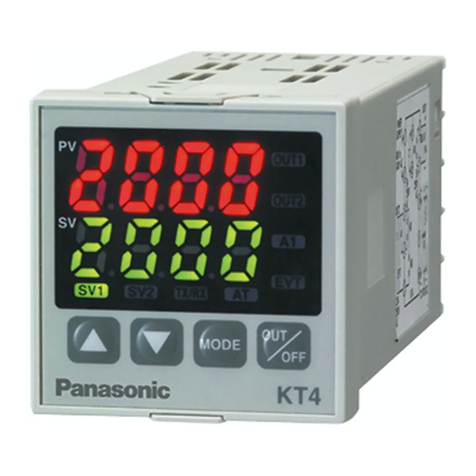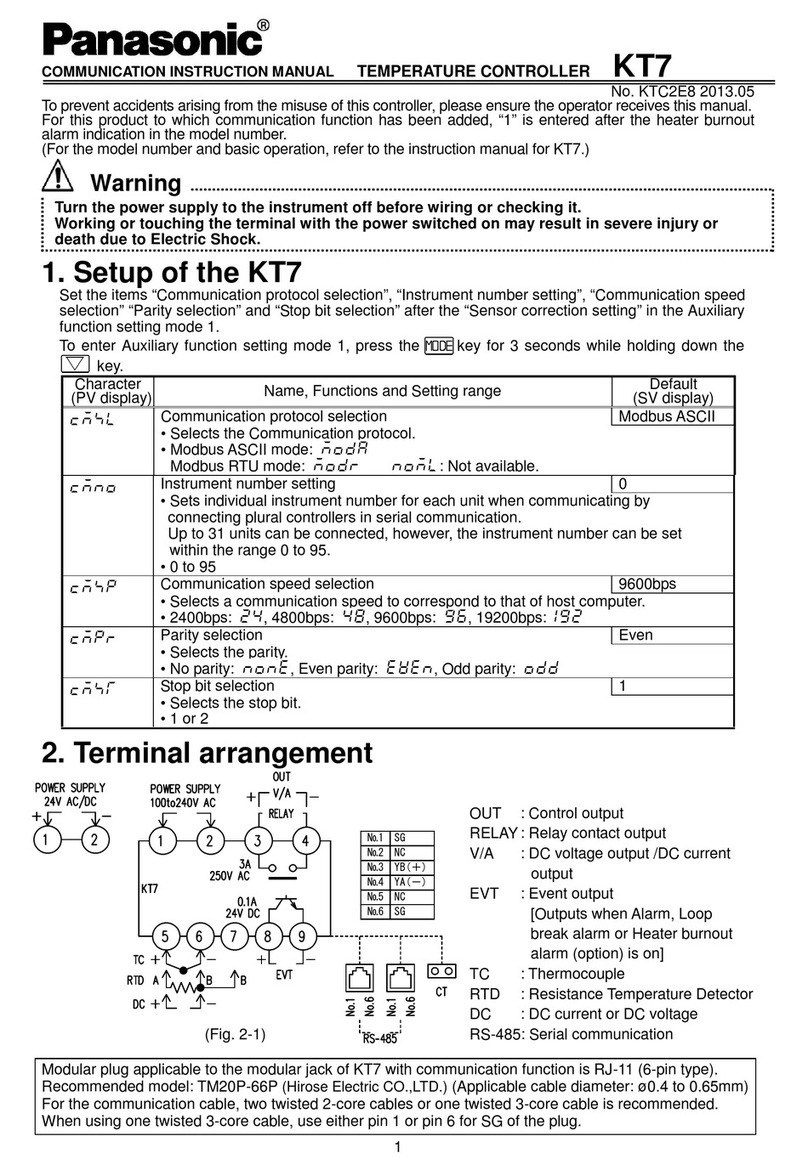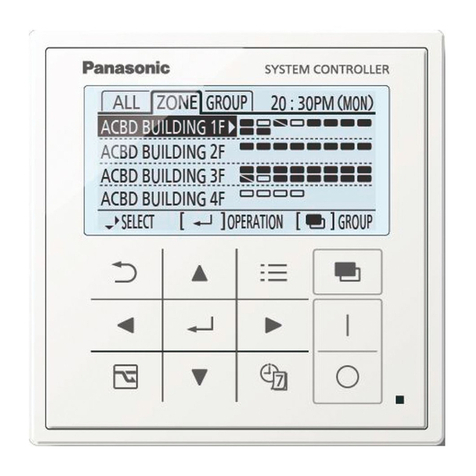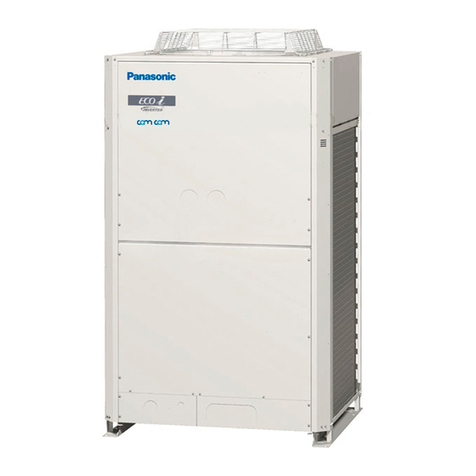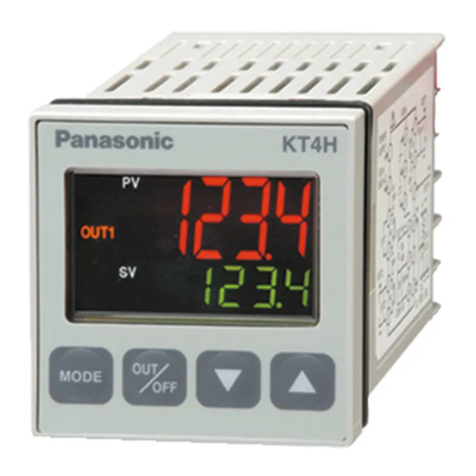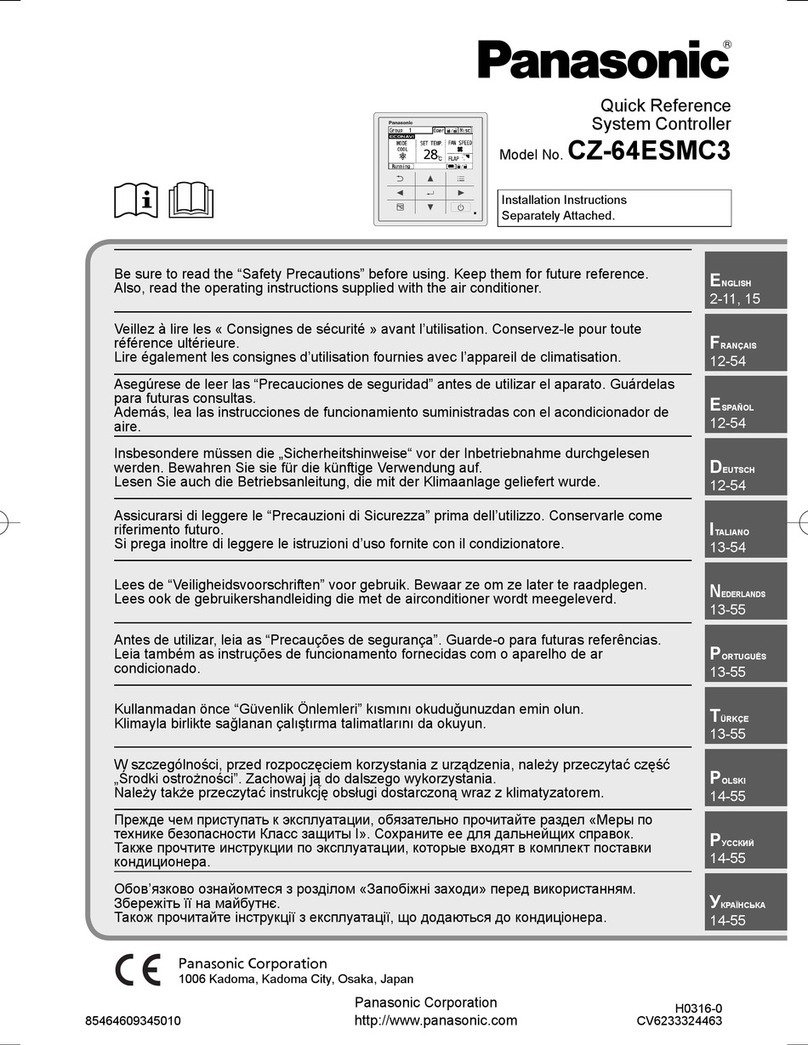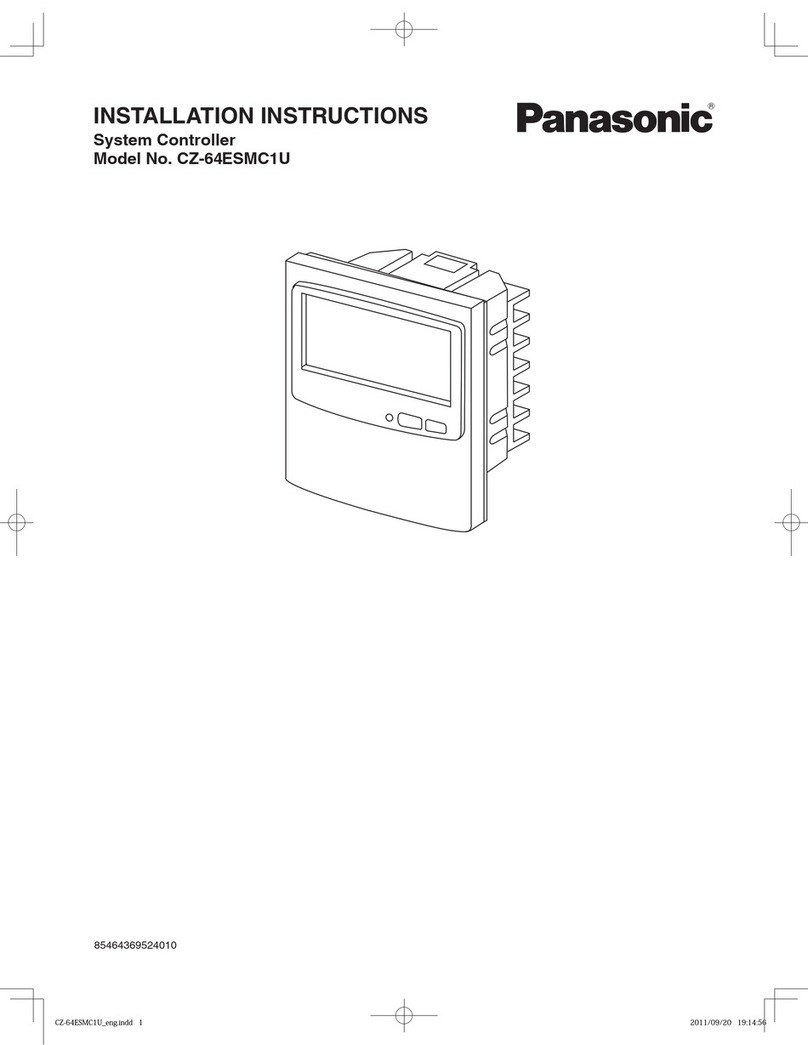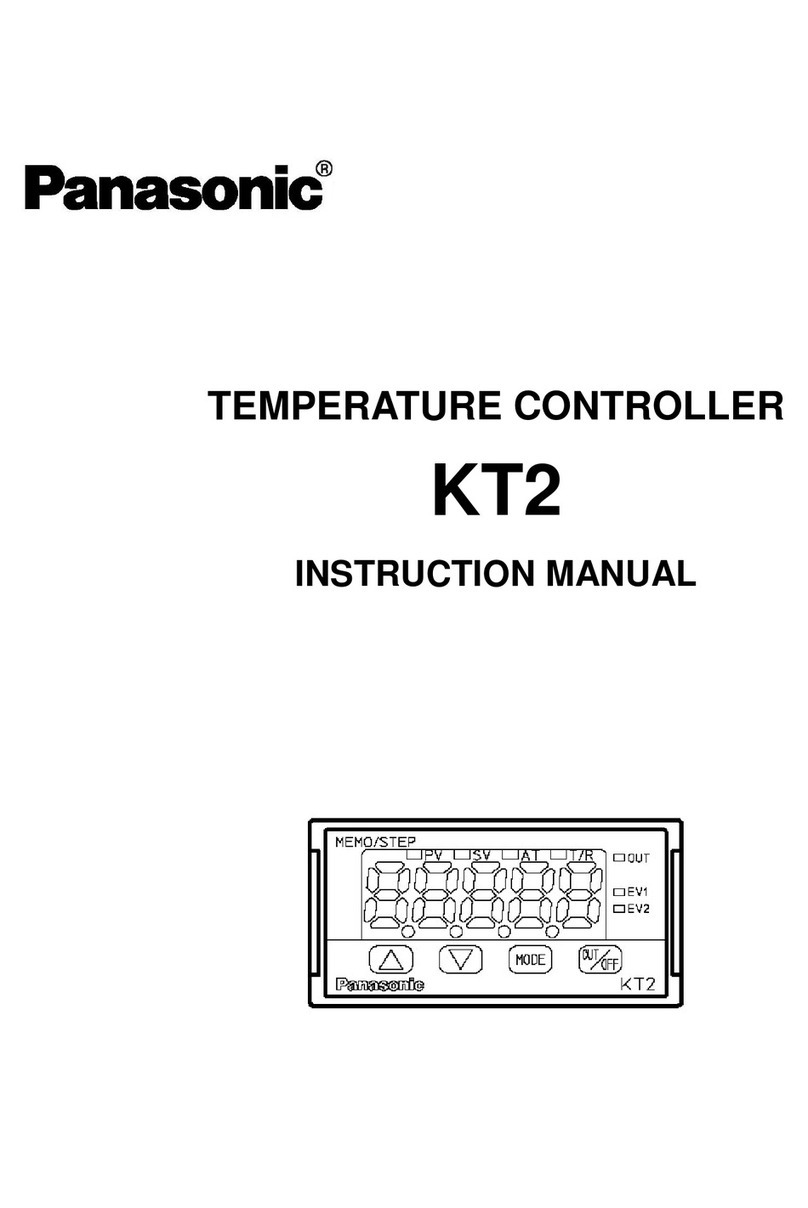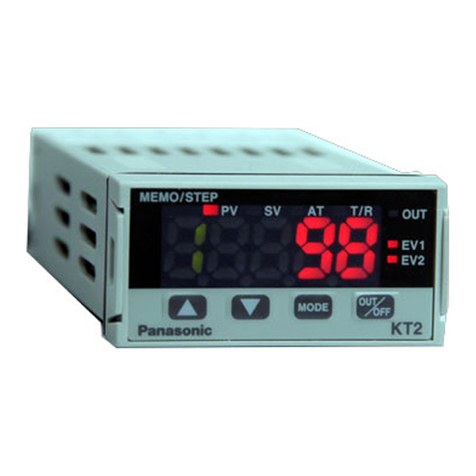
5
--- CONTENTS ---
OUT1 high limit ----------------------------------------------------------------------23
OUT1 low limit -----------------------------------------------------------------------23
OUT1 ON/OFF action hysteresis ----------------------------------------------- 23
OUT2 action mode ----------------------------------------------------------------- 23
OUT2 high limit ----------------------------------------------------------------------24
OUT2 low limit ----------------------------------------------------------------------- 24
Overlap band/Dead band --------------------------------------------------------- 24
OUT2 ON/OFF action hysteresis ----------------------------------------------- 24
A1 type -------------------------------------------------------------------------------- 24
A2 type -------------------------------------------------------------------------------- 25
A1 action Energized/Deenergized --------------------------------------------- 25
A2 action Energized/Deenergized --------------------------------------------- 25
A1 hysteresis ------------------------------------------------------------------------ 25
A2 hysteresis ------------------------------------------------------------------------ 25
A1 action delayed timer ----------------------------------------------------------- 25
A2 action delayed timer ----------------------------------------------------------- 25
Direct/Reverse action ------------------------------------------------------------- 26
AT bias -------------------------------------------------------------------------------- 26
Setting item not used -------------------------------------------------------------- 26
SV2 indication ---------------------------------------------------------------------- 26
Output status selection when input abnormal ------------------------------- 26
OUT/OFF key function ------------------------------------------------------------ 26
5.7 Control output OFF function --------------------------------------------------- 27
5.8 Auto/Manual control -------------------------------------------------------------- 27
6. Running ----------------------------------------------------------------------------- 28
7. Action explanation
7.1 OUT1 action ------------------------------------------------------------------------ 29
7.2 Heater burnout alarm action (option) ----------------------------------------- 29
7.3 OUT1 ON/OFF action ------------------------------------------------------------ 30
7.4 OUT2 (Heating/Cooling control) action (option) --------------------------- 31
7.5 OUT2 (Heating/Cooling control) action (when setting Dead band) --- 32
7.6 OUT2 (Heating/Cooling control) action (when setting Overlap band)-33
7.7 A1, A2 action ------------------------------------------------------------------------ 34
7.8 SV1/SV2 external selection ----------------------------------------------------- 35
8. Control action explanations
8.1 PID ------------------------------------------------------------------------------------ 35
8.2 PID auto-tuning of this controller ---------------------------------------------- 35
8.3 Auto-reset (offset correction) --------------------------------------------------- 36
9. Specifications
9.1 Standard specifications ---------------------------------------------------------- 37
9.2 Optional specifications ----------------------------------------------------------- 42
10.Troubleshooting
10.1 Indication -------------------------------------------------------------------------- 44
10.2 Key operation -------------------------------------------------------------------- 45
10.3 Control ----------------------------------------------------------------------------- 46
11. Character table ----------------------------------------------------------------- 46
